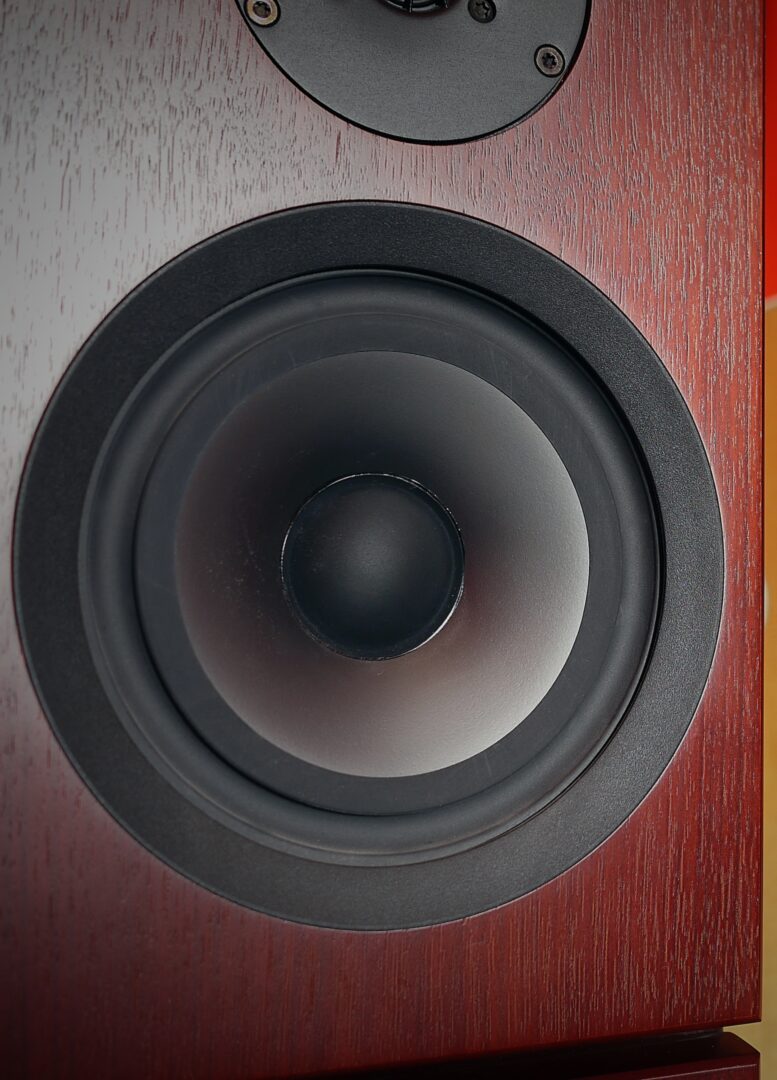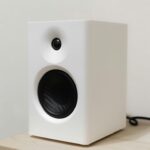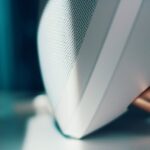Why Aren’t My Speakers As Loud As They Used To Be? (Reasons)
Why Aren’t My Speakers As Loud As They Used To Be? (Reasons)

Your speakers might not be as loud as they used to be because of speaker wire that’s too thin, frayed or damaged wire, connectors not fully plugged into the receiver, a dynamic range control setting being enabled, or the receiver is overheating because the speakers are incompatible. If they’re desktop speakers, an update or setting may have changed.
Let’s say you’re watching a movie with your sound system one day and notice that your big home theater speakers don’t quite have that same dynamism that they used to.
Or perhaps you were listening to music and notice that your speakers aren’t as loud as they used to be.
If you’re wondering why this might be happening, there’s a few potential reasons why this could be.
So lets find out what might be causing the issue along with ways to help fix it.
Reasons Why The Audio Might Be Lower & How To Fix It
Using Speaker Wire That’s Too Thin
Whether they’re new speakers or old ones, having dealt with home theater for many years now, I know how complicated dialing in the right audio quality can be.
Sometimes though, there can be mistakes we make that cause issues with sound quality.
One such example of that is not using the right speaker wire for your setup.
More specifically, using speaker wire that’s too thin can cause lower volume output from your speakers.
The longer the distance from your receiver and the speakers, the thicker the wire needs to be.
That’s because it’s responsible for carrying the signal, and the greater the distance, the weaker that signal gets.
This directly impacts what you hear, and if your current wire isn’t up to task, this can negatively affect things.
Speaker wire thickness is measured in mm and is referenced by its AWG number (American Wire Guage)
The lower its AWG number, the thicker that particular wire will be.
This is important to know because certain wires are better for certain distances.
For example for anything under 50 feet, 16 guage wire typically works well.
However for longer distances at say over 50 feet, 14 guage wire may help with maintaining a solid signal.
Distances over 100 feet might find that 12 guage wire works best.
Using Speaker Wire That’s Frayed Or Damaged
Another reason for things not sounding the they should is the speaker wire being damaged or frayed.
Each wire has individual strands that are responsible for carrying the electrical signal from your receiver to your speakers.
However if the wire is missing a significant portion of these, the signal isn’t going to be as strong.
This can result in weaker sound.
Also check to make sure the wire also isn’t damaged as this can impact audio quality as well.
The Speaker’s Connectors Aren’t Fully Plugged Into Your Receiver
Something else that may be happening if you’re using speaker connectors, is they aren’t fully plugged in.
Suprisingly something as simple as a loose connector may be causing your lower than normal volume levels.
Make sure they aren’t touching too as that may cause the receiver to suddenly turn off.
Dynamic Range Control May Have Accidentally Been Enabled
There’s also a setting in the receiver that could be causing this.
DRC, (dynamic range control) compresses the frequency range so that higher and lower sounds are the same volume.
This makes it so there’s no dramatic spikes in volume and the voices in content are more pronounced.
But this setting, while helpful for quiet viewing, may cause things to sound less dynamic when watching in the daytime.
So if you’re wondering why your speakers might sound muffled or quiet, this setting could be the reason.
If it’s enabled in the receiver, disable it to see if that helps.
Additionally, if your receiver supports it, using a different DSP mode (digital signal processing) may help as well.
This changes the sound signature by enhancing or tempering certain frequencies.
Changing the DSP mode might allow for one that provides sufficient volume output.
The Receiver Might Be Overheating
Something else that may be happening is your receiver might be overheating.
This could be placing stress on both the receiver & your speakers, causing them to not play as loud.
Now this could be for any number of reasons, but a big one could be your speakers themselves.
More specifically, it could be because they aren’t compatible with your receiver.
Speakers have what’s known as impedance, and it’s basically a measure of how hard it is to power them.
The higher the number, the more electricity it takes to power them.
Conversely the lower this number, the less electricity it takes to power them.
If your speakers have an impedance that’s not compatible with your receiver, then it could cause issues.
This includes having to turn up the volume to get to an audible level.
It could even potentially result in them not working.
So be mindful of your receiver’s compatibility with your speakers as it’s possible they may not be compatible.
If You Changed Speaker Position Or Seating Distance
If you happened to change your speaker position or where you’re sat from that speaker, then this could change your perception of how loud they sound.
Understanding the type of speaker you have is important since that’ll give you a better idea of where to place it.
For example with a back ported speaker, you wouldn’t want to place it too close to the wall because it could make it sound boomy or less clear.
That also ties into the seating distance and how far away you are from that speaker since the incorrect seating can also influence your perception of how things sound.
For making adjustments regarding this, this front speaker calculator may help.
https://easyhometheater.net/seating-speaker-calculator
If They’re Desktop Speakers, An Update Or Setting May Have Changed
If you have desktop speakers, an update may have happened that changed how they process sound signals.
Check the settings to make sure things like the volume and the EQ didn’t change in any way.
Final Thoughts
That about wraps it up for this one. In short, lower speaker volume can be caused by a variety of things from damaged wire to a loose connector.
But hopefully this was helpful in figuring out why.
Until next time, make it easy, keep it simple.
About Me








Leave a Reply